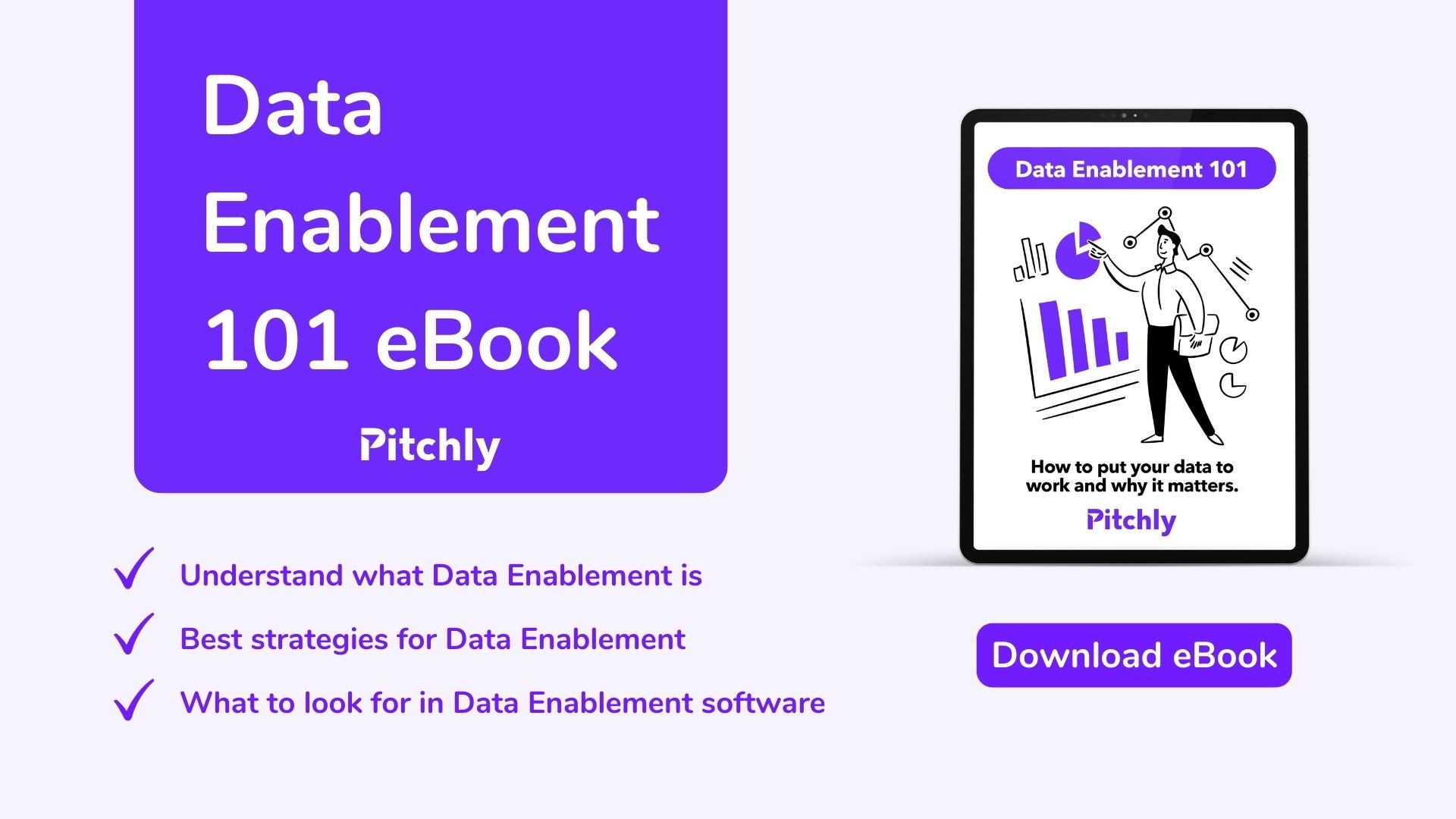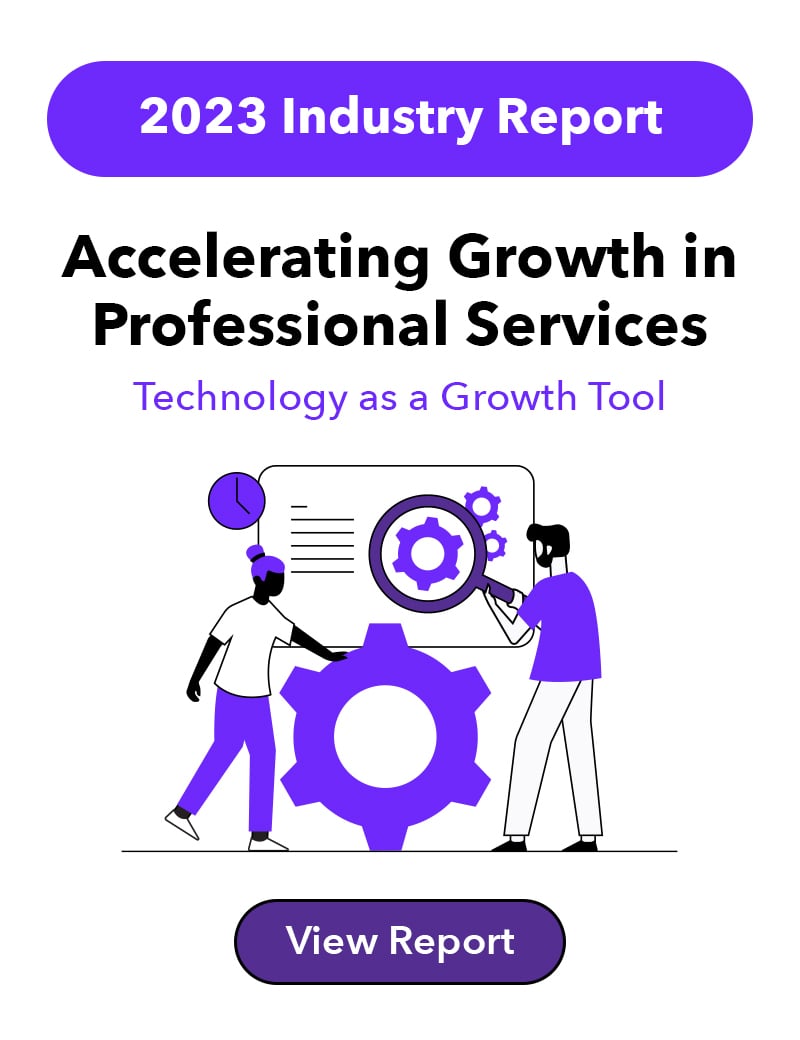Employee or advisor burnout is real, and it doesn’t discriminate by industry. The pressure and intensity to be high performers in professional services firms like accounting and investment banking is undeniable. According to Forbes, when firms take steps to prevent and reverse employee burnout, they can position themselves as a place for top talent where employees not only want to stay, but want to thrive.
Adopting data enablement strategies can help prevent burnout by improving how your employees spend their time and their overall experience on the job.
Factors That Kill Employee Productivity
Data is the fuel that powers productivity. Data helps management make informed decisions, by identifying areas where the company can improve or grow. But data is just a stack of numbers. Firms need tools to make it work for you. If your firm isn’t using your data correctly, you are only making it harder for employees to do their jobs effectively, which can lead to burnout.
When it comes to using data, the biggest factors that kill employee productivity include wasted time, reduced access and working in isolation.
Wasted Time
Wasting time at work on cumbersome processes is frustrating. It makes employees feel like they don’t have the time to do the high-value work that can bring them satisfaction and recognition.
One of the biggest time wasters is searching for data. According to a report by the marketing research firm Wakefield Research and data analysts Elastic, 54% of U.S. office professionals report wasting time searching for much-needed files in cluttered online filing systems.
What’s worse, when workers don’t feel like they’re contributing to the best of their ability, they will start looking for opportunities elsewhere.
Reduced Access
If your employees don’t have access to the information they need, they simply can’t do their jobs effectively.
For example, if your data isn’t accessible by everyone, your employees might be approaching the same prospective clients with different outreach, pitches or proposals. This could show your potential clients that your firm is unorganized, and a bad impression could push them towards the competition.
And with the global professional services market expected to grow by 10.9% in 2022, firms need to remain vigilant about winning and retaining clients.
Working in Isolation
After the COVID-19 pandemic forced most of the nation to go into a lockdown, living in a bubble is something not many of us want to repeat, much less work in one. Working in silos, i.e. on your own or as part of an insular team, is the same as working in a bubble and can lead to a bad employee experience.
Why? According to Indeed, organizational silos can lead to even more limited interaction with employees outside of the silo, meaning there is no one to share successes or recognition with. Silos can also cause resistance to change and hinder cross-department collaboration.
How to Reduce Employee Burnout with Data Enablement
Implementing data enablement strategies can improve how your employees work, making them happier and more productive.
Automate Your Data Processes
Automation is a data enablement strategy that provides the bulk of productivity improvement.
The tools you select should be able to automate tedious and repetitive tasks to free up your team members for more important work. This automation could be entering data in one place and having it update everywhere, automatic notifications when certain goals are achieved, or auto-populating content with templates.
Connect Teams Through Shared Data
Connected data systems get all teams on the same page so they can share data that is extremely valuable to them and other teams as well.
Data enablement systems can create a data catalog each department can access, leading to shared strategies and an alignment on firm initiatives.
Another way that teams can connect through data is by sharing innovative and helpful use cases. When you encourage team members to consider data as a component of every project, they may discover helpful hints that can be scaled to the rest of the organization. This also creates a beneficial talking point at all-hands meetings where you can highlight and celebrate great data applications together.
Improve Team Communication
Collaborative communication starts at the manager level.
Get everyone talking, and out of their silos, by getting everyone at your firm together, whether in-person or online. Encourage employees to get to know each other by initiating ice breakers at each meeting. Include photos of employees during firm-wide recognition, like at quarterly meetings and in newsletters.
Data enablement strategies can assist in this communication as well. When you created a cohesive and connected network of data, it incentivizes cross-team communication. It becomes very clear to your employees that the success of each team depends on the success of the others. This encourages teams to invest more of their time in building these relationships outside of their department.
Pitchly Can Help Improve Your Data Enablement
The ultimate goal of data enablement is to get the right data to the right people at the right time.
Pitchly’s data enablement software allows you to automate marketing tasks like creating pitches, proposals and tombstones, saving hours of tedious work, while delivering a consistent experience across your teams.
Everyone has access to the data they need to do their jobs, but admin access based on roles and permissions means your data remains secure and high quality. Plus Pitchly’s data enablement software is quick to implement and easy to use. This results in higher user adoption.
Download our eBook, Data Enablement 101, to learn more.
 Jul 19, 2022
Jul 19, 2022





